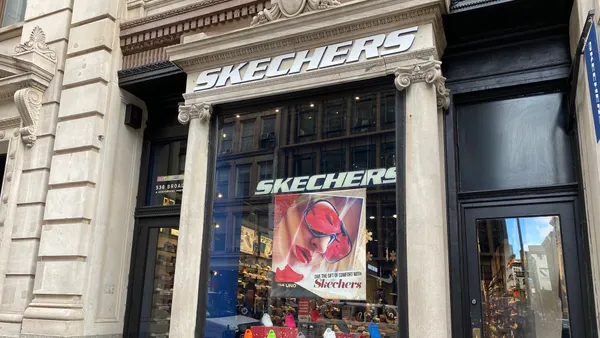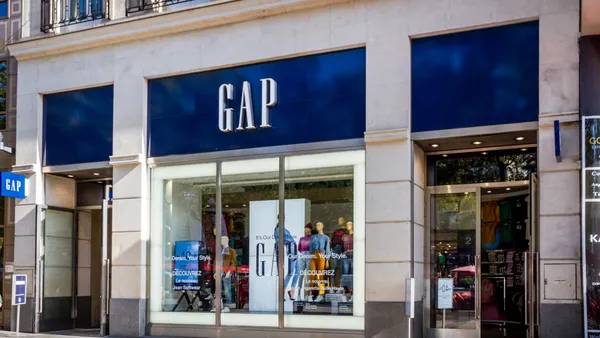Dive Brief:
- Party City held its ground during the Halloween holiday season — but didn’t gain any ground, with its brand comparable sales roughly flat (down 0.1%) and total retail revenue up 3.9% during its fiscal October month.
- During the season, Party City operated 149 Halloween City stores, up from 90 last year and 25 in 2020, but still well below the 275 it opened in 2019. For the third quarter (which ended Sept. 30), Party City’s net sales fell 1.6% to $502.2 million.
- With the retailer’s “core customer facing significant inflationary pressures,” Party City CEO Brad Weston said in a statement the retailer would reduce its corporate workforce by 19%, through both job cuts and by not backfilling “a significant number” of open slots.
Dive Insight:
The Halloween season, which historically has made up a sizable chunk of Party City’s sales and profits, could have been worse, yet it still came in at the low end of the company’s own expectations. Weston attributed this to “macro pressures [that] impacted customers’ ability and willingness to increase spend on Halloween celebrations.”
Party City is now buckling up for a bumpy economic ride ahead. The company made a slight downward revision in its sales expectations for the fiscal year and significantly increased its estimates for losses, with an anticipated maximum net loss of $199 million compared to management’s previous high-end estimate of a $36 million loss.
“Looking ahead, we anticipate the current macro backdrop to persist and are taking action to best position the business in this environment and for the longer term,” Weston said.
With sales falling, the company is looking to take out $30 million in costs, which executives told analysts would come out of retail store “efficiencies,” marketing expenses, information technology contracts, professional services, raw materials, logistics and operational costs, and from corporate payroll as the company reduces its workforce.
Despite the challenges, Weston said on a call with analysts the company had a strong inventory position throughout the Halloween season and that customers “continue to respond to our efforts to improve product quality, drive meaningful innovation, and create a more immersive Halloween experience.”
And while the company is in cost-cutting mode, Weston said in the release that the company has been “mak[ing] progress against our product, inventory management, supply chain, and IT systems and infrastructure initiatives.”
In a research note earlier this week, Telsey Advisory Group analysts pointed to strategic initiatives that could help Party City, including its next generation stores as well as a “focus on balloons, product innovation, and inventory reduction.”
At the same time, the analysts also said that “uncertainty about the level of demand, more promotions at discounters that can result in lower traffic to Party City stores, and the ability to manage rising costs keep us concerned.”
As Party City puts more emphasis on its balloon business, it is still being vexed by high helium costs, which helped drive a 440 basis point downshift in margins along with other costs, including in the company’s supply chain, raw materials, sourced merchandise and labor.













